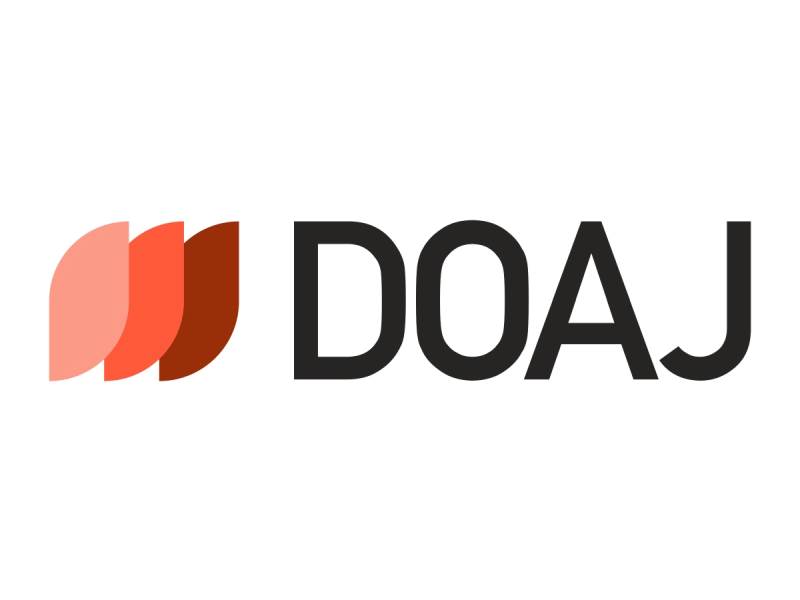The Analysis of Structure Change and Tribomechanical Properties of Alloyed Steel Surfaces Modified by Diffusion Electrolyte-Plasma Boriding Method
DOI:
https://doi.org/10.31489/2025ph1/68-76Keywords:
diffusion, electrolyte, plasma, boriding, structure, surface modification, surfaceAbstract
Nowadays, one of the key requirements in mechanical engineering when manufacturing parts from constructional steels is the hardness and wear resistance parameters. One of the relevant solutions to this issue could be diffusion-electrolytic-plasma boriding, as the steel surface is enriched with boron elements during treatment, while the core of the part remains in its original state. This study addresses the technological capabilities of the diffusion-electrolytic-plasma boriding method for steels. The steel 30CrMnSiA was treated on a diffusion-electrolytic-plasma boriding setup. The treatment duration was 5 and 7 minutes, using a 15 % sodium carbonate (Na2CO3) and 20 % borax (Na2B4O7) aqueous solution as the electrolyte. It was established that the cross-sectional structure of the steel after diffusion-electrolytic-plasma boriding is characterized by zoning, with the formation of a modified layer approximately 650 µm thick. As a result of diffusion-electrolytic-plasma boriding, the microhardness of 30CrMnSiA steel is enhanced by 2.5 to 3 times in comparison to its original state, due to the formation of hardening phases.




